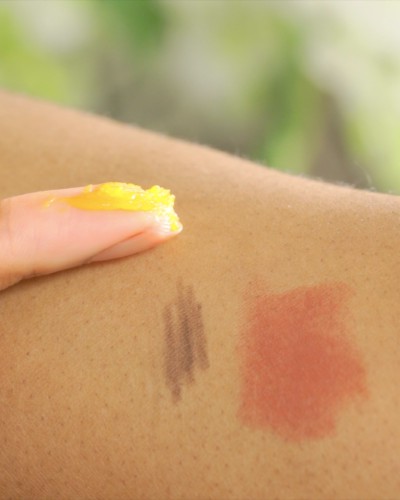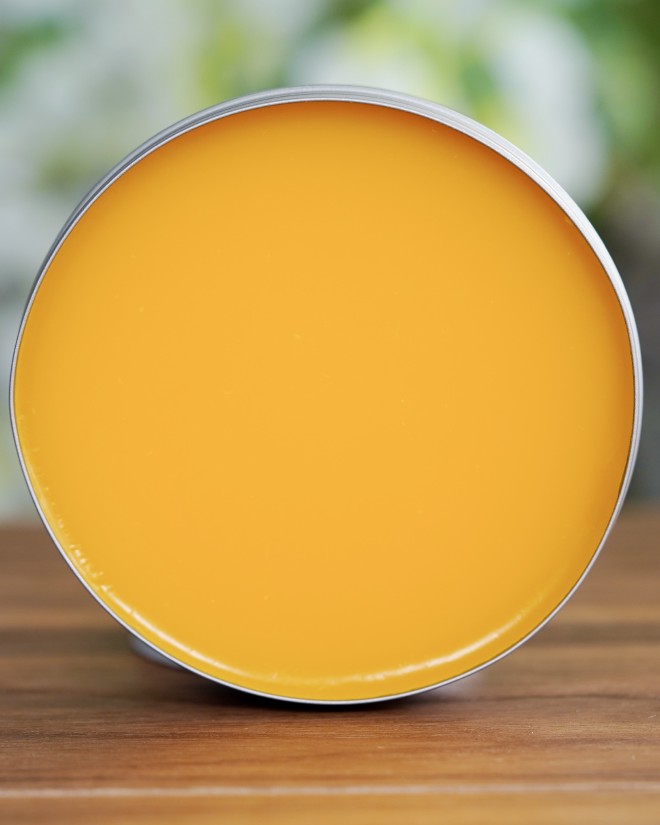Part of the Essential Balm Products series.
Recipe
Phase 1
- 30g Shea Butter
- 10g Olivem 1000 Emulsifying Wax
- 6g Cetearyl Alcohol
- 10g Candelilla Wax
- 6g Jojoba Wax
Phase 2
- 120g Grapeseed Oil
- 18g Rosehip Oil
Cool Down
- 2g Vitamin E Oil (Antioxidant)
- 2g Essential Oils (Suggested mix: chamomile & lavender)
Method
- Measure out your heated phase ingredients: Shea Butter, Candelilla Wax, Olivem 1000, Cetearyl Alcohol and Jojoba Wax.
- Combine your heated phase ingredients in a heatproof container and melt over low heat in a bain-marie or double boiler.
- Separately heat your phase 2 ingredients: Grapeseed Oil & Rosehip oil until only slightly warm and then add to your heated phase ingredients. While it’s best to avoid heating these ingredients for a prolonged period of time it is easier to combine the two phases when they are around the same temperature.
- Once combined, allow the mixture to cool until only slightly warm but still liquid. At this point, add in your cool down ingredients: Vitamin E oil and any Essential oils you would like for fragrance.
- Mix until thoroughly combined and then immediately pour into tub-style containers and leave to set either in the refrigerator or at room temperature for a minimum of 12 hours.
This recipe makes 200g of cleansing balm and will last approximately 12 months. See the interactive formula to customise this recipe.
How to make natural cleansing balm
Making your own cleansing balm is easier than you think!
Unlike face washes, shampoos or shower gels - natural cleansing balms don’t rely on soaps or surfactants to clean.
Yes, you read that right - cleansing balms don’t use soaps or surfactants, instead they work in the same way as oil cleansers. They rely on the natural relationship of oils to breakdown dirt and debris, resulting in one the most gentle ways of cleansing your face around!
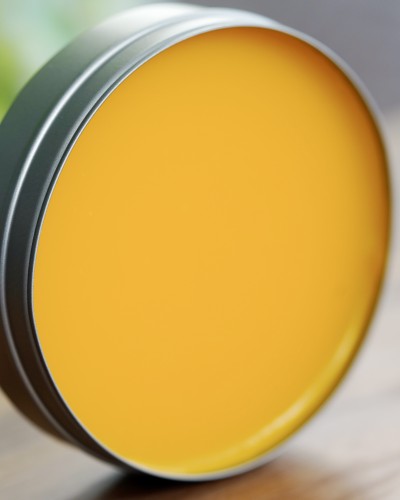
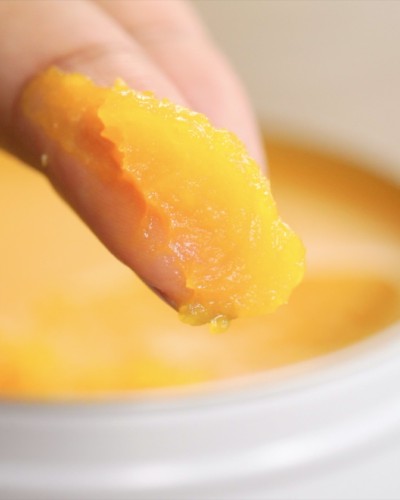
How cleansing balms work
Cleansing balms work on the basis of “like dissolving like”. The oil in the cleansing balm is able to break down other oils including makeup, dirt and even unclogging pores. Because the oil naturally binds to impurities on your skin, it can be easily washed off without requiring cleansing agents. This natural cleansing balm is further enhanced by the use of a non-comedogenic emulsifying wax.
Oils and waxes that you can use on your face
As mentioned above, cleansing balms are just oil and wax - but if you’ve ever tried rubbing a random oil on your face, you know it’s risking breakouts. The type of oil you choose to make cleansing balms is essential to make sure you don’t end up causing more harm than good.
Grapeseed oil
Grapeseed oil has well-documented benefits for the skin, but it’s also a “safe” choice that I’d recommend you start with for any products that are applied to your face.
High in antimicrobial and anti-inflammatory properties, grapeseed oil is a far less likely to cause acne or breakouts, with many even finding it an effective treatment for reducing spots. It’s a very light oil that readily absorbs into the skin and doesn’t cause build up, making it suitable for all skin types.
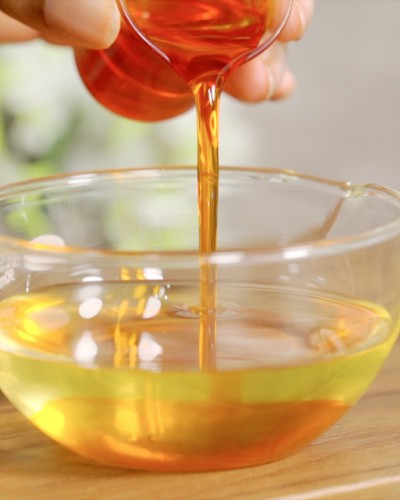
Candelilla wax
Candelilla wax is a vegetable wax that is suitable to use on your face, hair and body. Candelilla wax is both non-comedogenic and hypoallergenic, which greatly reduces the risk of irritation compared to the more well-known beeswax. It’s the ideal choice for facial cleansing balms that are applied to very delicate and sensitive areas of skin.
How to use cleansing balm
While cleansing balms are by far one of the most gentle ways to wash your face and have no harsh surfactants or sensitising ingredients, it’s still advised to perform a patch test before using.
Take a small amount of the balm and rub between your fingers until soft and melted. Gently massage the balm into your face taking special care to avoid the eyes or mouth.
Focus on small areas at a time to allow the cleansing balm to breakdown dirt, debris and residue makeup.
